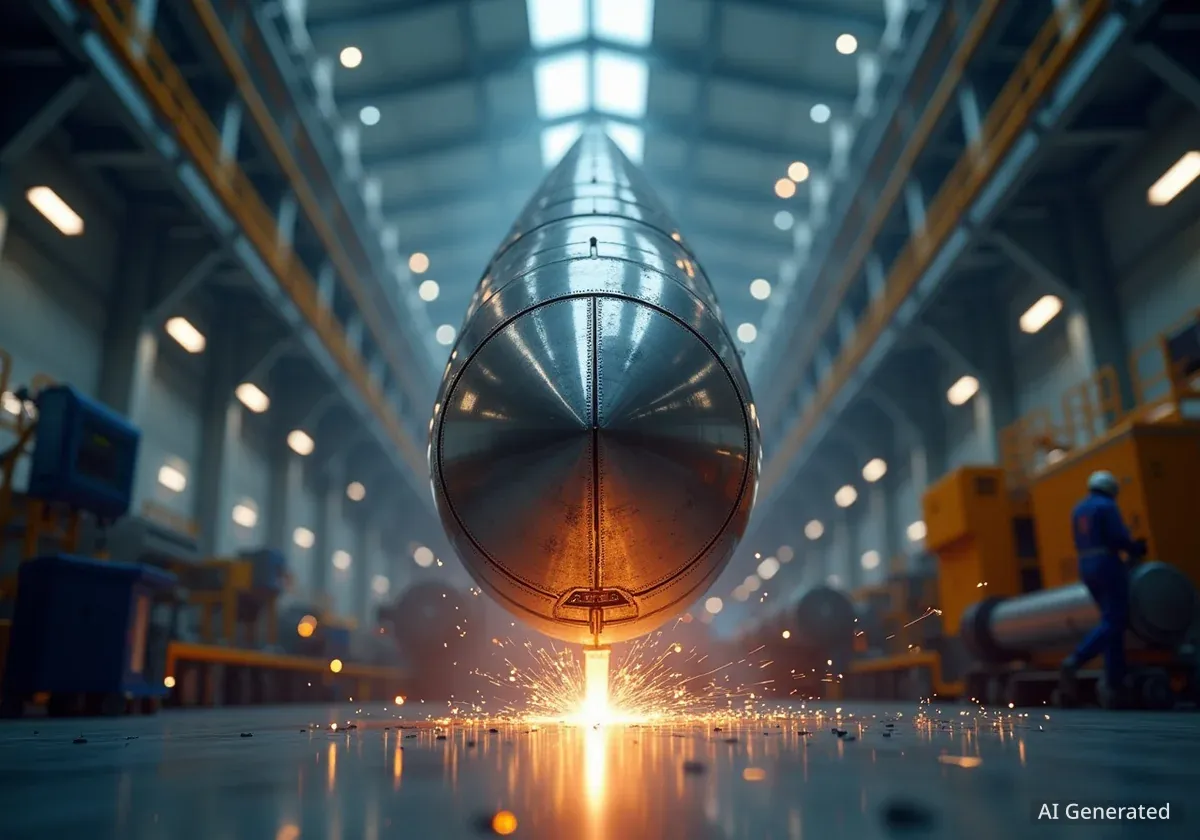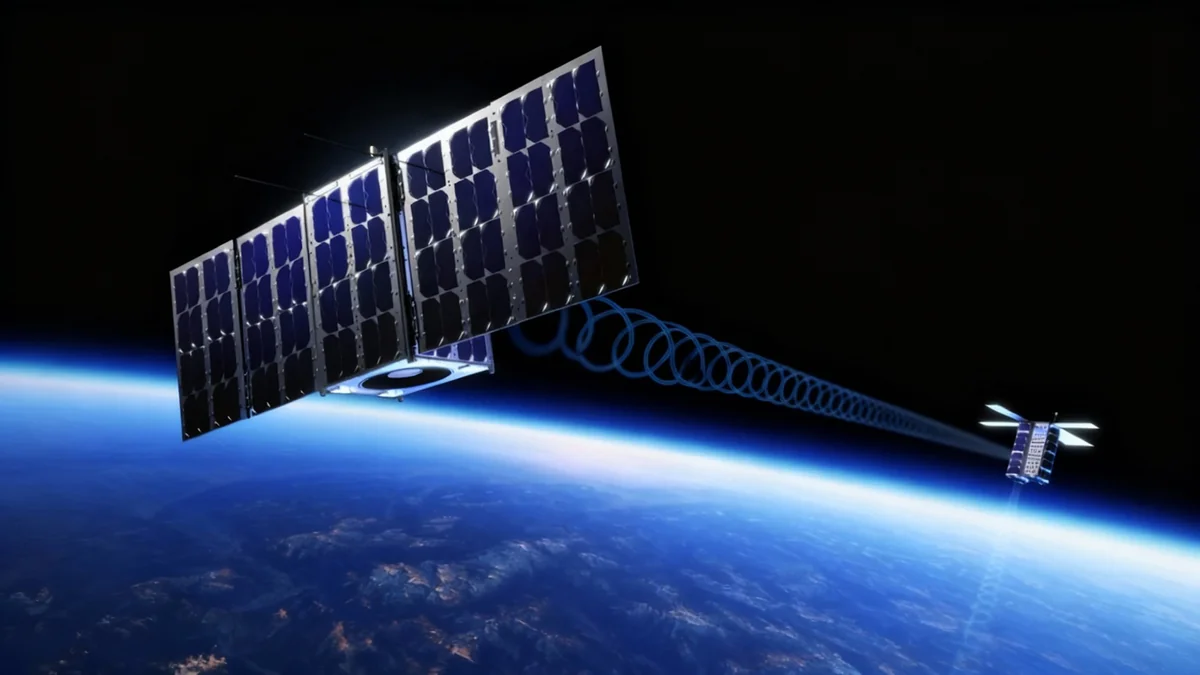Chinese commercial launch company Space Pioneer has successfully raised approximately $350 million in new funding. The capital is designated for the mass production of its Tianlong-3 rocket and the development of next-generation launch vehicle technologies.
The company confirmed the pre-D and D funding rounds, valued at nearly 2.5 billion yuan ($351 million), in a statement released on October 9. This significant investment arrives as Space Pioneer prepares for the first orbital test flight of its large, potentially reusable Tianlong-3 rocket.
Key Takeaways
- Space Pioneer raised nearly 2.5 billion yuan (approximately $350 million) in its latest funding rounds.
- The funds will support mass production of the Tianlong-3 rocket and development of future launch systems.
- This investment is one of the largest in China's commercial space sector, reflecting strong government and private sector support.
- The company is competing with other Chinese firms like Landspace and Galactic Energy to secure launch contracts for national satellite megaconstellations.
Details of the Investment
The new capital will primarily be allocated to two key areas: preparing for the large-scale manufacturing of its rockets and engines, and funding research and development for more advanced launch vehicles. According to the company's statement, the goal is to accelerate the industrialization of China's commercial space capabilities.
While the immediate focus is on the Tianlong-3, the announcement also highlighted plans for a "new-generation" of engines and launchers. This suggests Space Pioneer is already looking beyond its current hardware, possibly towards more advanced engine cycles like the full-flow staged combustion (FFSC) used by SpaceX's Raptor engines.
A Diverse Investor Base
The funding rounds were led by a mix of state-backed industrial groups, regional government funds, and private asset management firms. This hybrid investment model is becoming common in China's strategic technology sectors.
Key Investors in the Round
The group of investors demonstrates broad support from both government-aligned and private capital. Major participants included:
- Guoyu Gaohua
- Jigang Group
- Orient Asset Management
- Shenwan Investment
- Bank of China Asset Management
- Guiyang Industrial Development Fund
- Beijing United Exchange
- Hunan Shengli Investment
Tianlong-3 and Future Ambitions
Space Pioneer has already demonstrated its capabilities with the Tianlong-2 rocket, which successfully reached orbit on its first and only flight in April 2023. The company is now advancing toward the much larger Tianlong-3, a vehicle designed for reusability and heavier payloads.
The Tianlong-3 is designed to carry between 17,000 and 22,000 kilograms to low Earth orbit (LEO). This capacity places it in a similar class to other medium-lift reusable rockets being developed globally. The company has made tangible progress, completing static fire tests and finishing construction of a dedicated launch pad at the Jiuquan spaceport in July.
The Broader Goal: Megaconstellations
The intense investment and rapid development in China's launch sector are driven by national strategic priorities. The country plans to deploy two major satellite megaconstellations, known as Guowang and Qianfan, which will each consist of over 10,000 satellites. Fulfilling this ambition requires a massive increase in domestic launch capacity, creating a large market for commercial providers like Space Pioneer.
A Crowded and Competitive Field
Space Pioneer's $350 million funding is the latest in a series of major investments in China's private space industry. The sector is experiencing rapid growth as multiple companies compete to develop reliable and cost-effective launch services.
This capital injection may surpass the recent $336 million raised by competitor Galactic Energy in late September. Other significant funding events include a $281 million investment in satellite operator Geespace, the space division of automaker Geely, and a $123 million state-backed investment in Landspace for its reusable Zhuque-3 rocket.
Major Players in China's Launch Market
Several companies are vying for dominance in this emerging market. Key competitors include:
- Landspace: Developing the stainless steel, reusable Zhuque-3 rocket.
- Galactic Energy: Recently secured major funding and is developing new reusable rockets.
- iSpace: Also working on reusable rocket technology and has secured significant funding.
- Deep Blue Aerospace: Focused on vertical takeoff and landing (VTVL) reusable launch vehicles.
- Orienspace: Another key player developing medium-lift rockets.
This competitive environment is fostered by signals from the central government that the commercial space sector is a national priority. Provincial and local governments are actively using investment funds to support these high-tech ventures, aiming to build a robust domestic space supply chain and secure a strategic advantage in the global space economy.





